The rise of AI has propelled Nvidia to new heights, turning the company into a trillion-dollar stock market behemoth. Nvidia's graphics chips (GPUs), originally designed for video games, have become the heart of most modern AI systems.
The powerful parallel processing capabilities of GPUs are key to training complex AI models, from image recognition to natural language processing to content generation. However, Nvidia is well aware that technology is constantly evolving, and to stay ahead, they need to continuously expand and innovate.
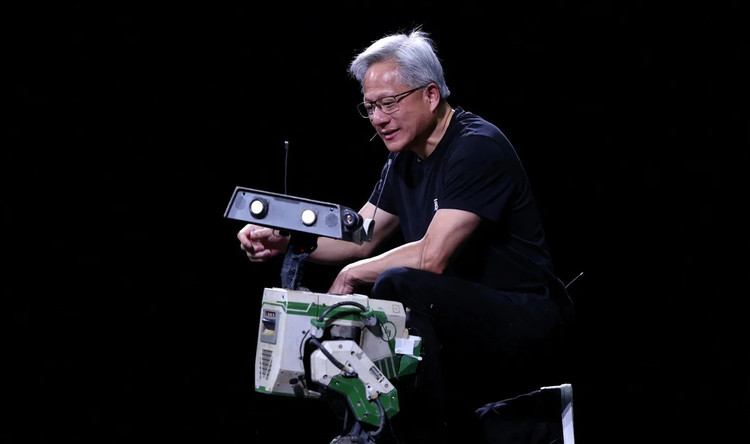
Nvidia is not just providing hardware for AI. The company is aiming to build a comprehensive ecosystem, from chips, software to development platforms, to turn AI concepts into reality in the physical world . Robots are the next logical step.
If AI is the “brain,” then robots are the “body” for that brain to interact with and perform tasks in real-world environments. This requires powerful, energy-efficient processors and superior real-time data processing capabilities – Nvidia's core strengths.
Self-driving cars are considered the first and most important “test” for Nvidia's robot vision. A self-driving car is essentially a complex robot that moves on the road. It needs to collect data from multiple sensors (cameras, radar, lidar), process that information in real time to understand its surroundings, predict the behavior of other objects, and make safe decisions about how to move. All of these tasks rely on massive computing power and advanced AI algorithms.
Nvidia has been investing heavily in the autonomous vehicle space for many years. Their DRIVE platform provides a comprehensive solution that includes hardware (such as Orin, Thor chips), software (DRIVE OS, DRIVE AV), and development tools (DRIVE Sim) for automakers to design, test, and deploy autonomous vehicles. Collaborations with industry giants such as Mercedes-Benz, Volvo, and BYD show the market's confidence in Nvidia's technology.
But the potential robotics market is much wider than just self-driving cars. It includes industrial robots in smart factories, robots for healthcare and logistics, autonomous drones for deliveries, and even robots that interact with people in the home. In each of these areas, there is a high demand for intelligent computing, sensing, and precision control. Nvidia is positioning itself to be the backbone technology provider for all of these applications.
To realize this vision, Nvidia is not just focusing on making chips. It is building software platforms like Isaac Sim, a simulation environment for developing and testing robots, which will help developers significantly reduce time and costs. Providing a complete toolkit, from hardware to software, will help Nvidia attract a large number of developers and businesses, creating a positive loop that drives innovation.
With the explosion of AI and a clear roadmap for robotics and autonomous vehicles, Nvidia is betting big on a future where intelligent machines not only process data in the virtual world but also interact with and change the physical world. Success in this area will not only solidify Nvidia's leadership but will reshape many other industries in the coming decades.
Source: https://khoahocdoisong.vn/nvidia-se-mo-rong-manh-sang-robot-va-xe-tu-hanh-post1551365.html



![[Photo] Prime Minister Pham Minh Chinh receives leaders of several leading Brazilian corporations](https://vphoto.vietnam.vn/thumb/1200x675/vietnam/resource/IMAGE/2025/7/6/3622160b379746e6bca82f804ea35e47)





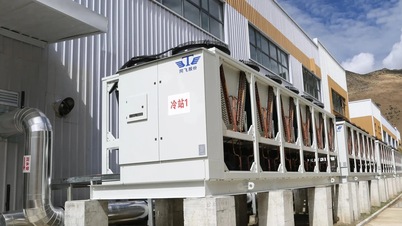














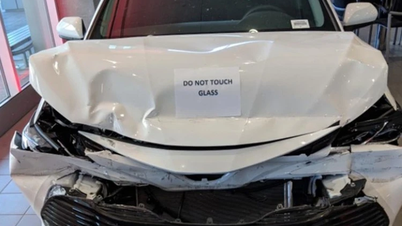























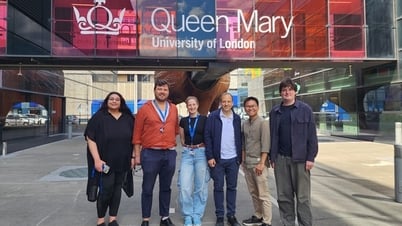

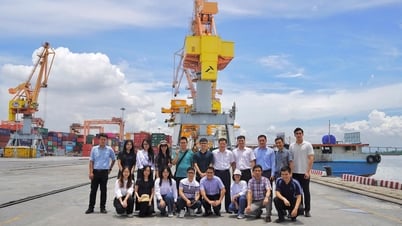



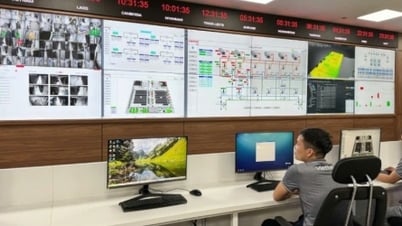








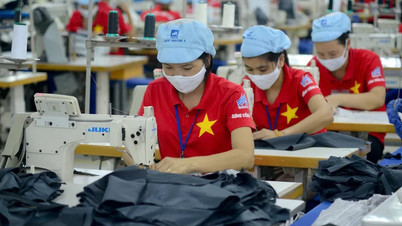






















![[OCOP REVIEW] Bay Quyen sticky rice cake: A hometown specialty that has reached new heights thanks to its brand reputation](https://vphoto.vietnam.vn/thumb/402x226/vietnam/resource/IMAGE/2025/7/3/1a7e35c028bf46199ee1ec6b3ba0069e)










Comment (0)